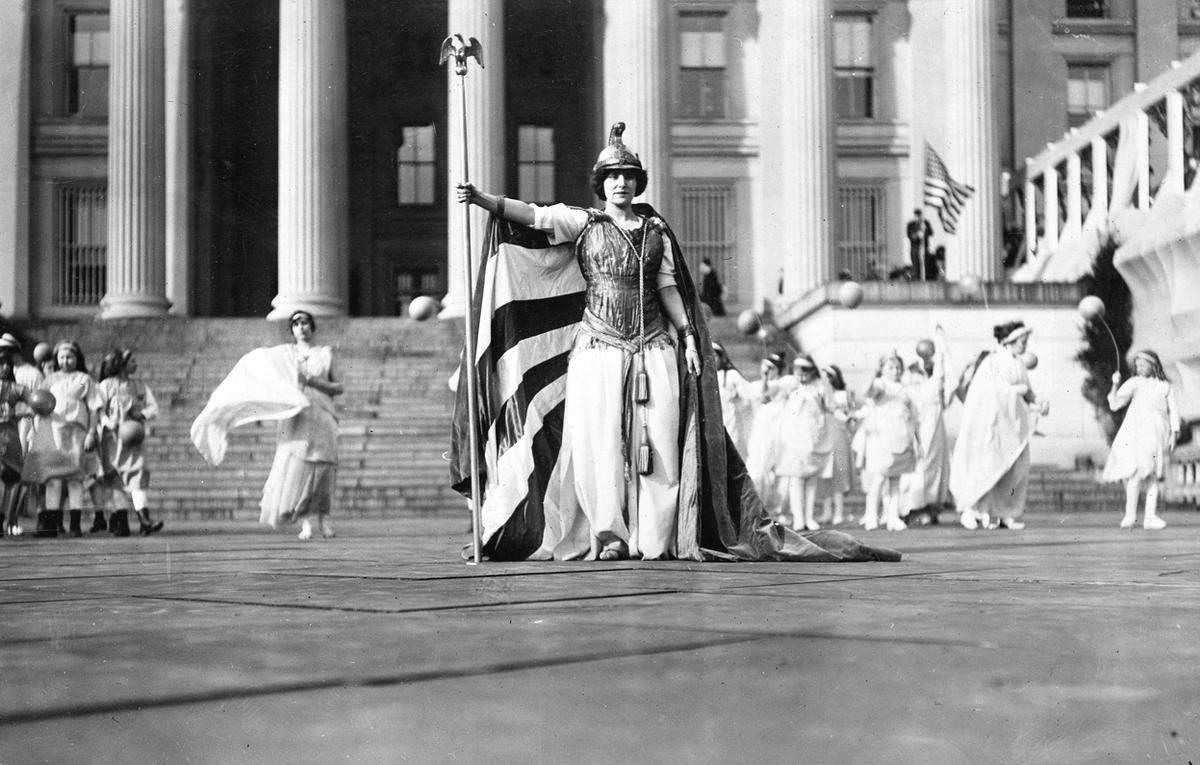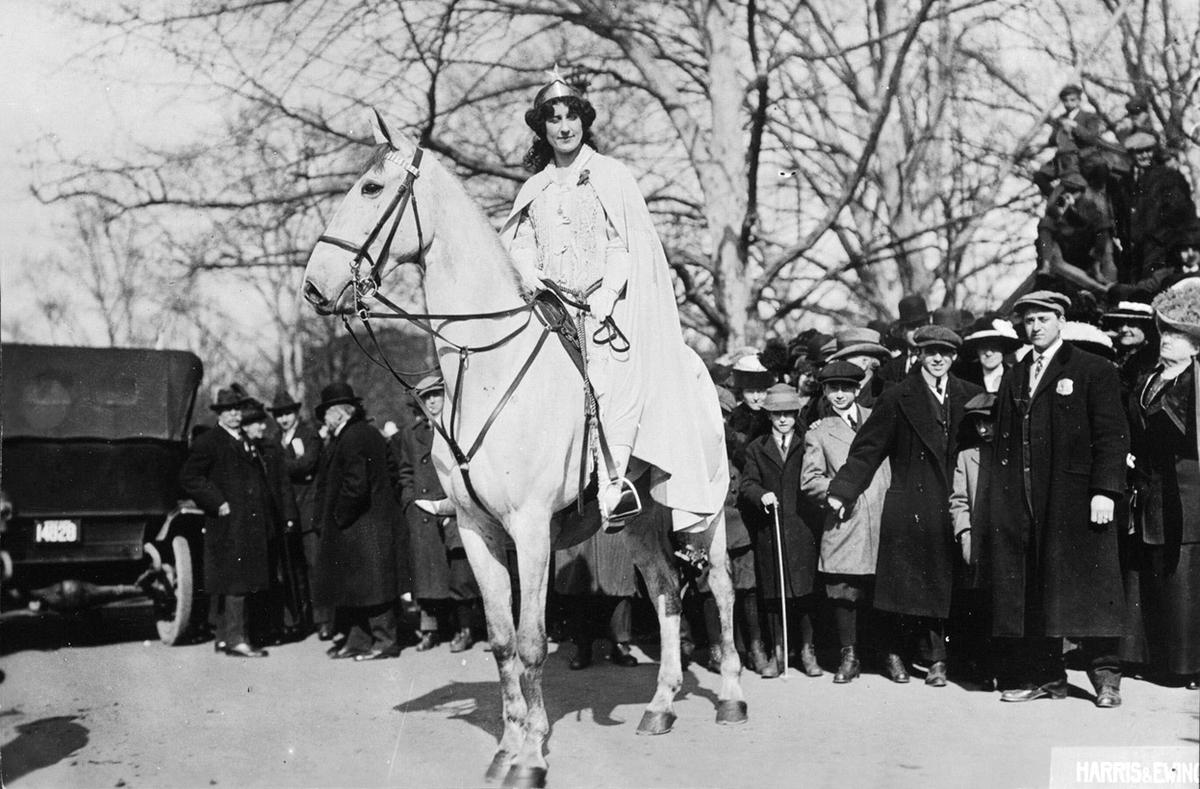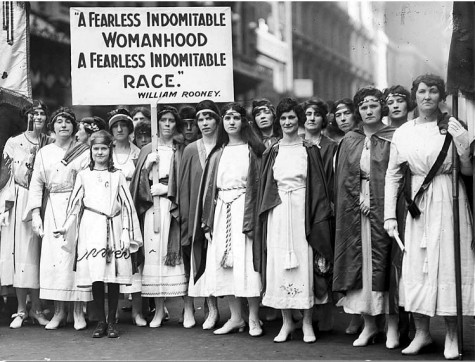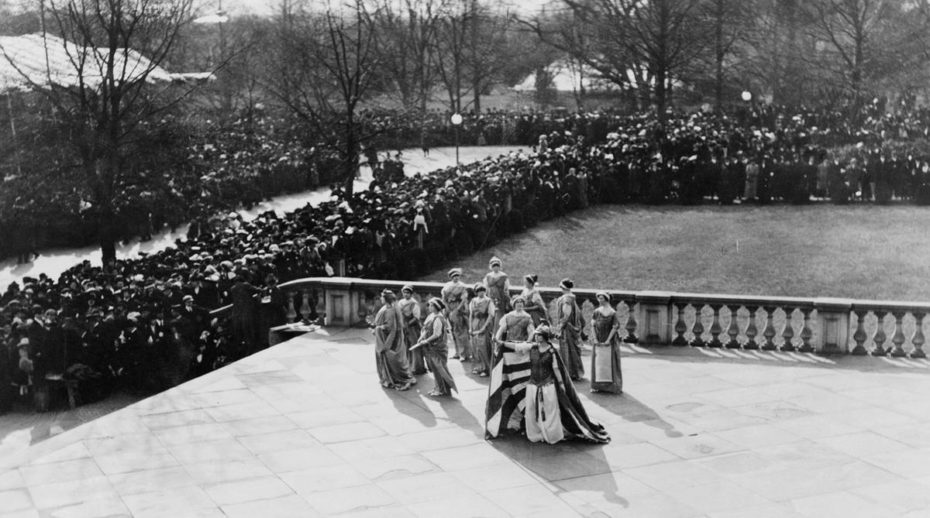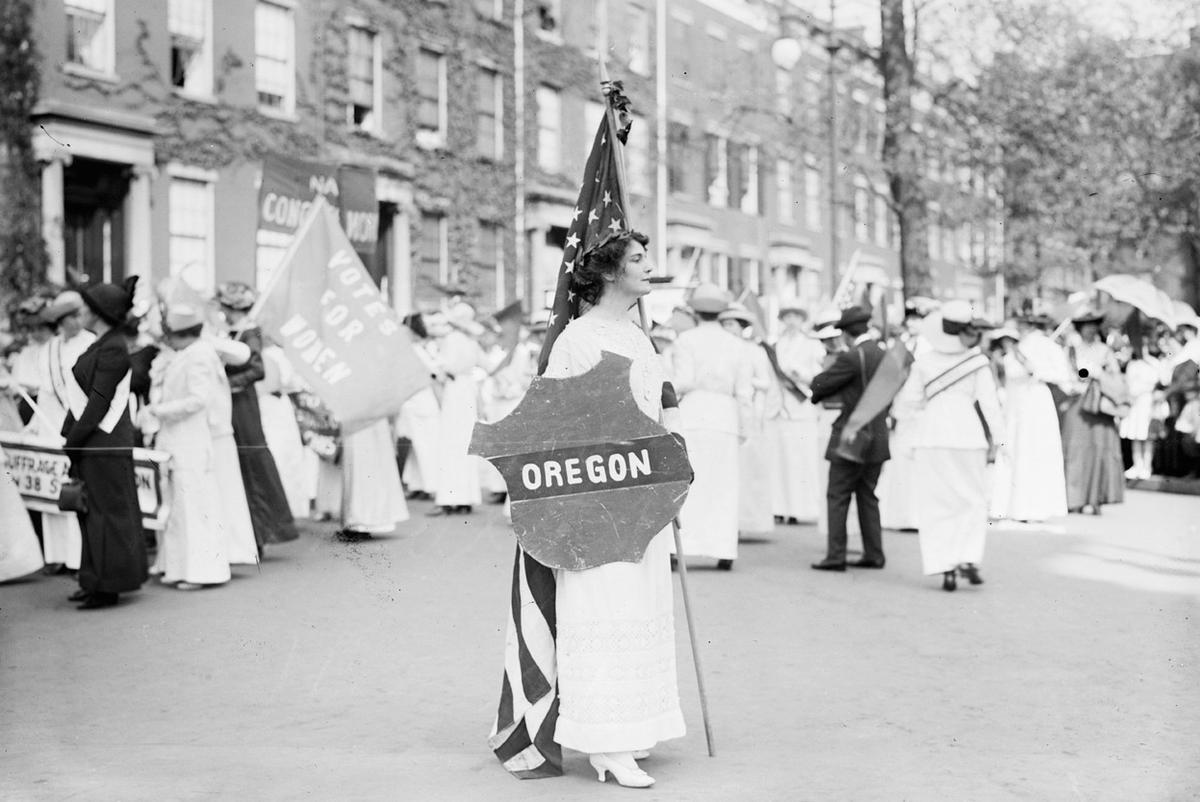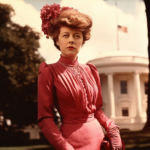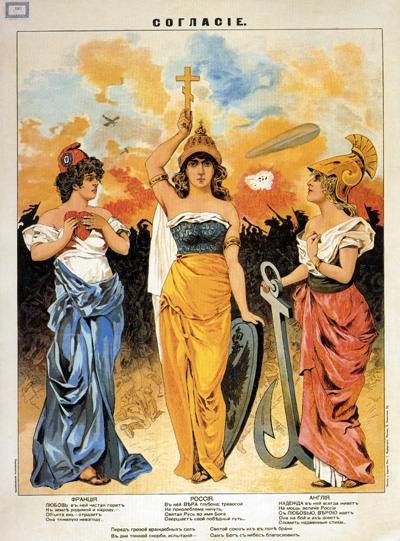
The personification of countries is nothing new. For years artists have used the personification of countries to make make a point about the country’s political actions, its history, and at times to inspire hope during the most trying of times.
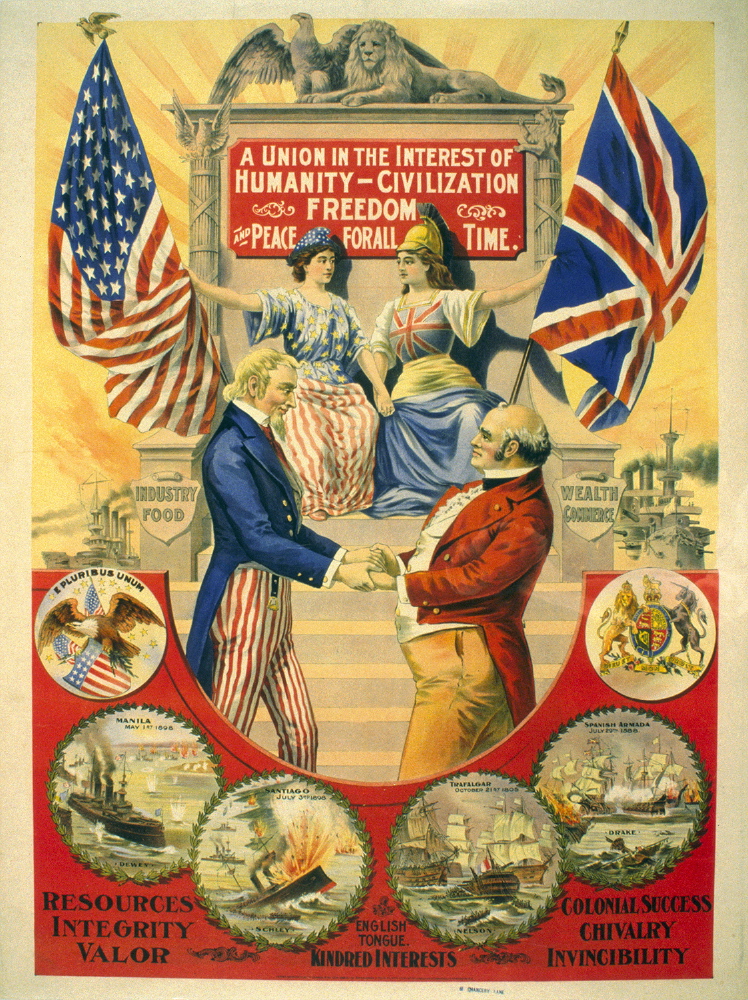
From the 1800s and to the early 1900s it was popular for countries to have a female personification of itself. These personifications were often based off of the Greek Goddess Athena, the goddess of wisdom. The most popularly used goddess personifications were Britannia (Britain), Germania (Germany), Marianne (France), and the forgotten Columbia (America).
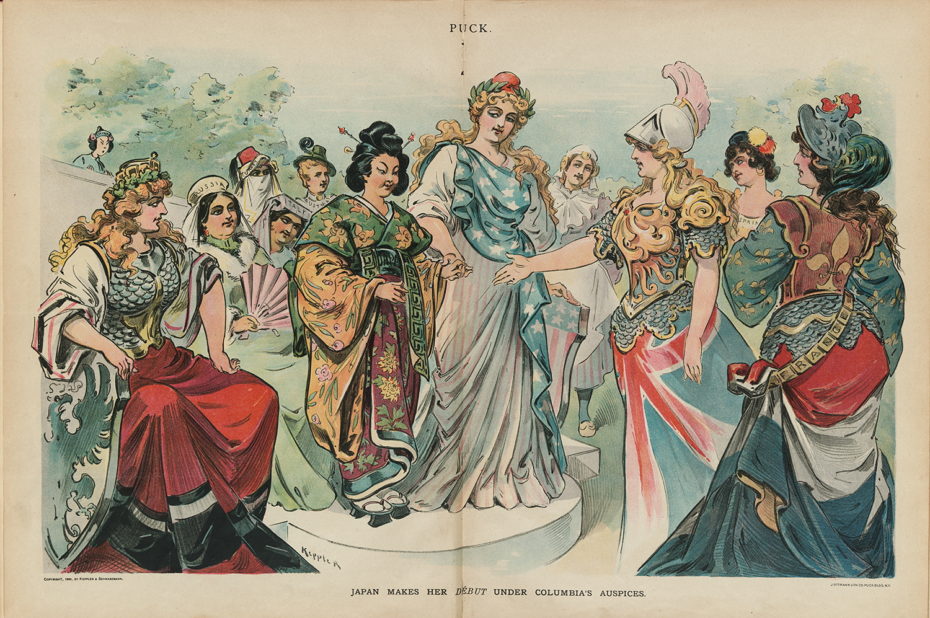
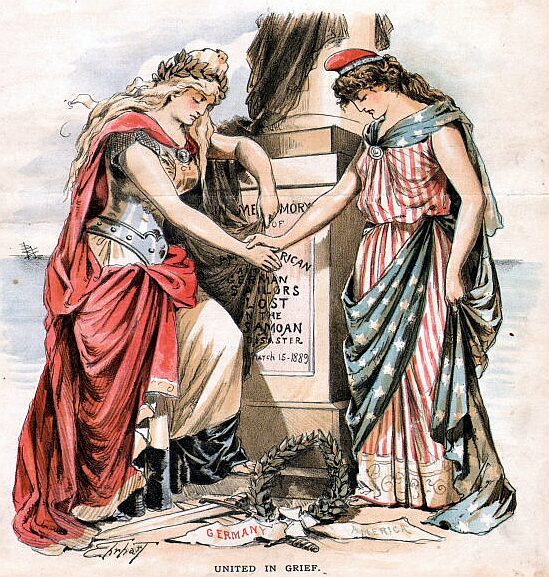
For many years, Columbia was the main symbol of America before she was eclipsed by the more stoic Lady Liberty. The name Columbia stems from Christopher Columbus, the man who was credited for many years as the one to discover America. This name was commonly used in reference to the American colonies and was popularly used to name geographic locations, institutions, businesses,objects and so on.
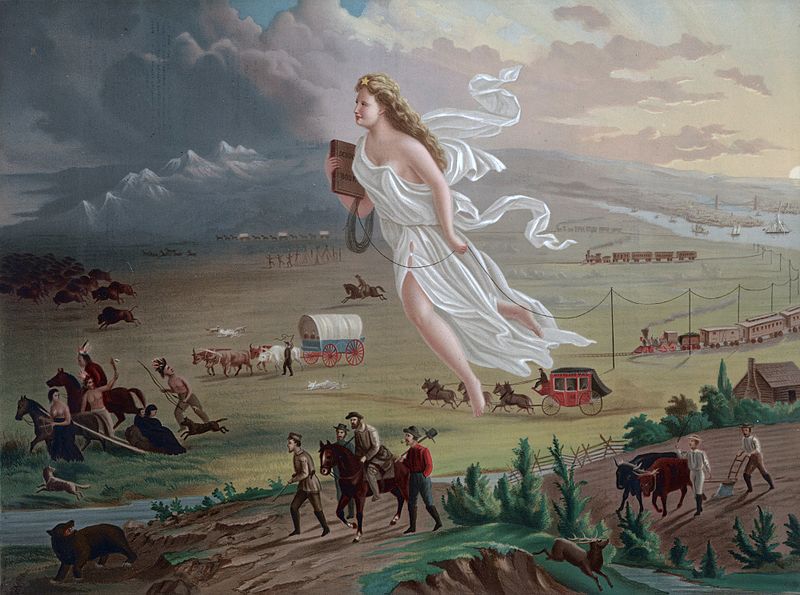
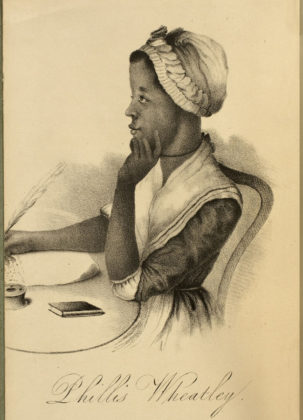
Columbia did not become a personification of the United States until 1775 when Phillis Wheatley, a former slave wrote a poem called “His Excellency, George Washington”. She wrote the poem to George Washington, who praised Phillis for her poetical talents. This poem took Columbia from being a simple name to a force that represented the American spirit and its people.
[…] Columbia’s scenes of glorious toils I write. While freedom’s cause her anxious breast alarms […] The Goddess comes, she moves divinely fair, Olive and laurel binds Her golden hair: Wherever shines this native of the skies, Unnumber’d charms and recent graces rise…
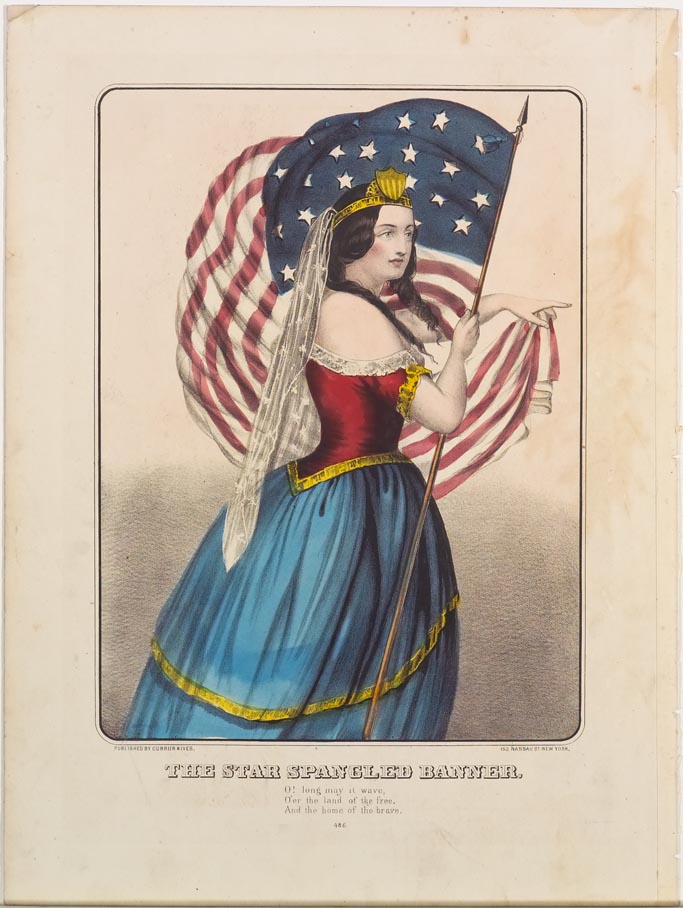
Columbia became a very important figure during the American Civil War, a time when the country was in fear of splitting apart. Comic artists often used Columbia to illustrate the plight of the American people and to critique the government. Columbia’s role during this time was to serve as a motherly figure and to remind Americans of their roots and promise to be a country free for all.
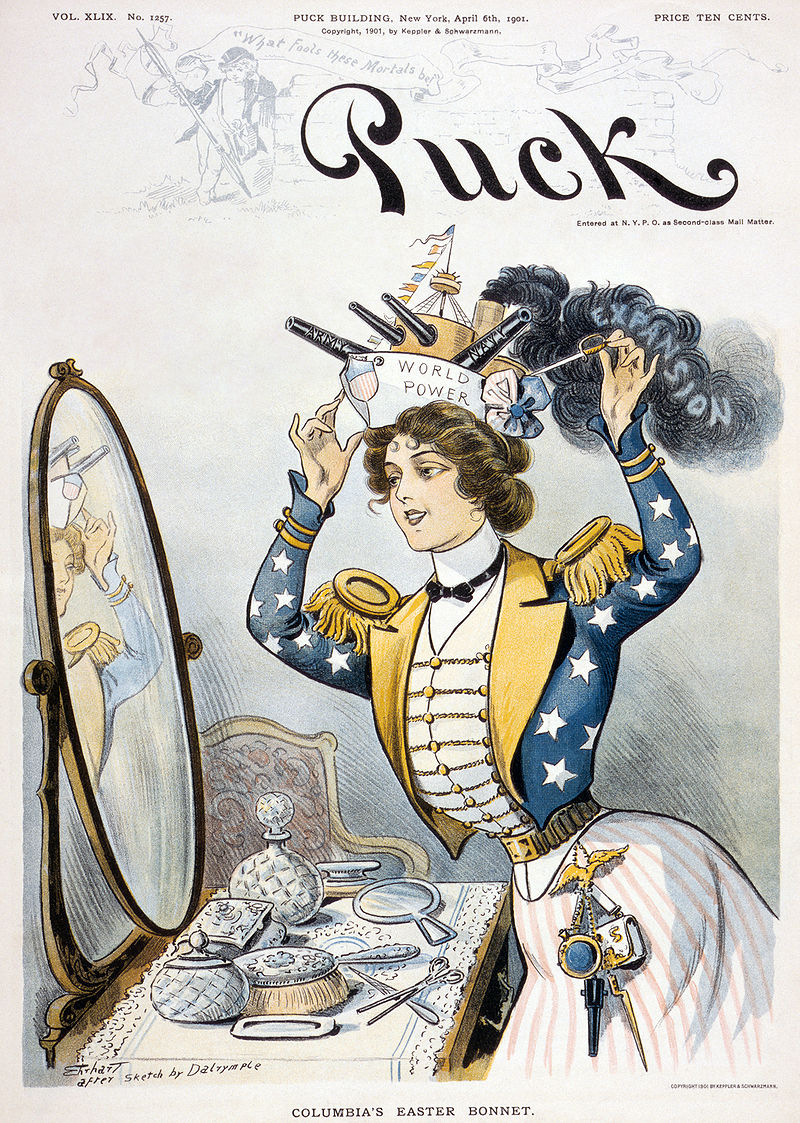
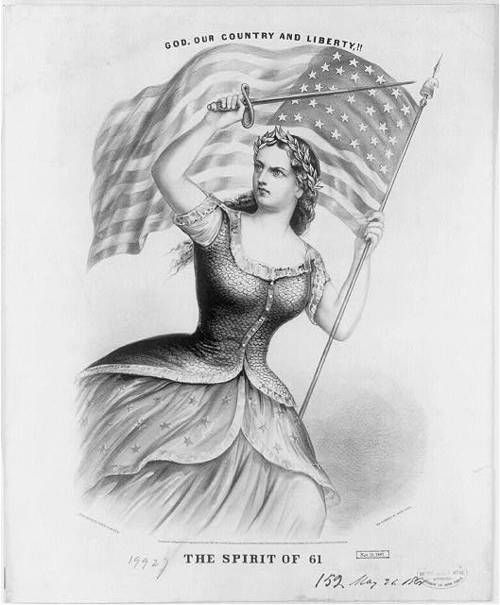
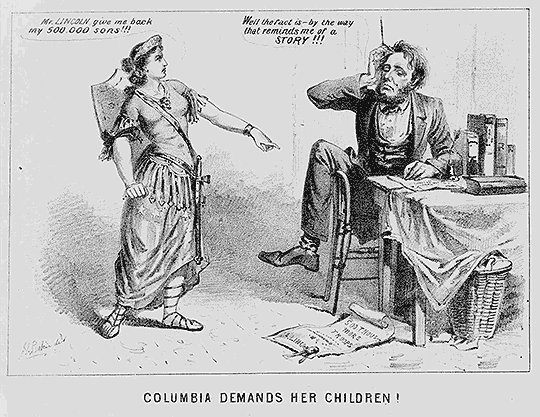
Columbia became a very important figure during the American Civil War, a time when the country was in fear of splitting apart. Comic artists often used Columbia to illustrate the plight of the American people and to critique the government. Columbia’s role during this time was to serve as a motherly figure and to remind Americans of their roots and promise to be a country free for all.
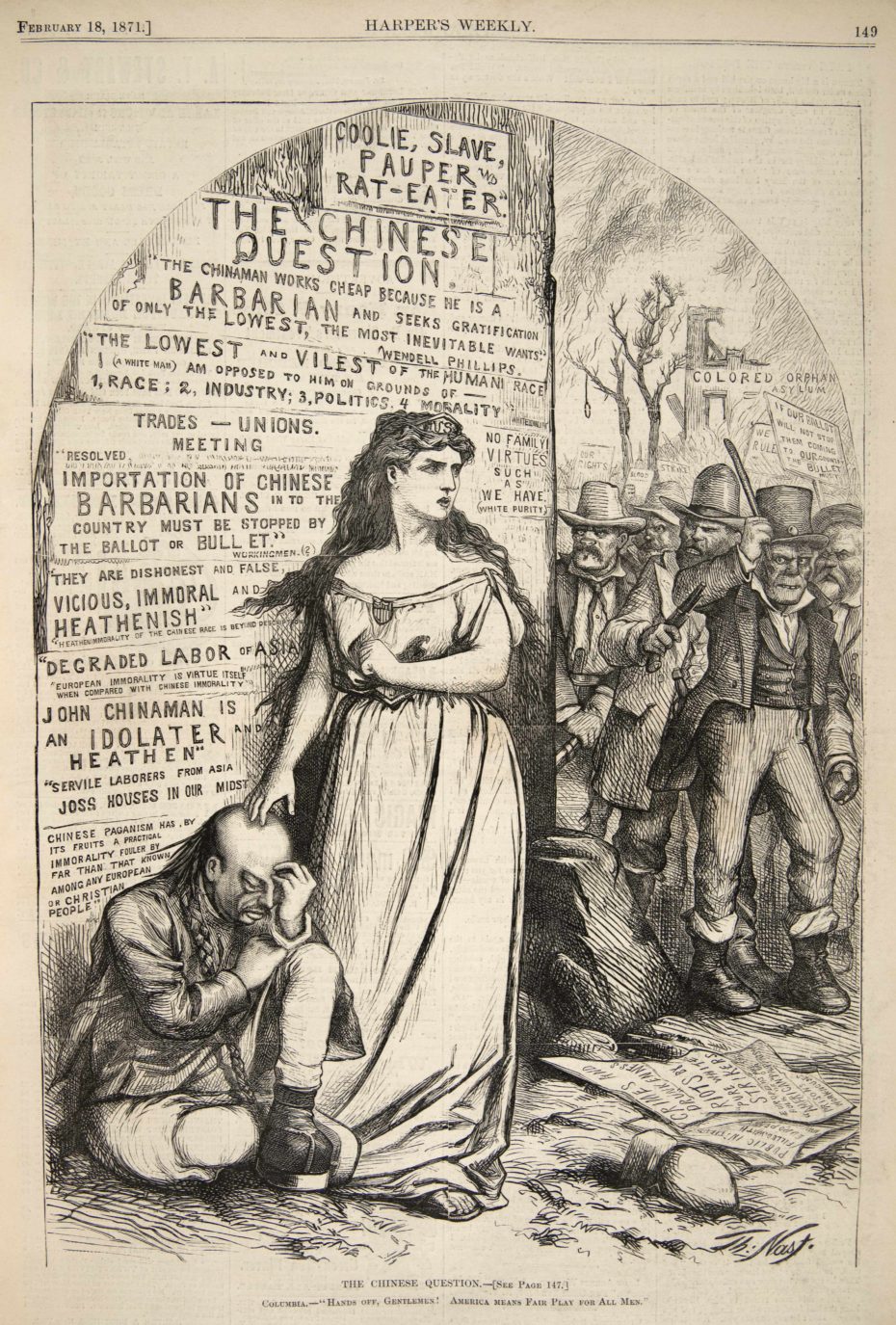
Columbia protecting a Chinese Immigrant from a mob. (1871) ©Thomas Nast Cartoons
The most well known comic artist of this time was none other than Thomas Nast. As a comic artist he often used other well known personifications in his work such as Uncle Sam, Tammany Tiger and Justice, but Columbia was his favourite personification to use. For Thomas Nast, Columbia was the representation of what America should be and served to be a powerful figure not to be trifled with if injustice was at play.
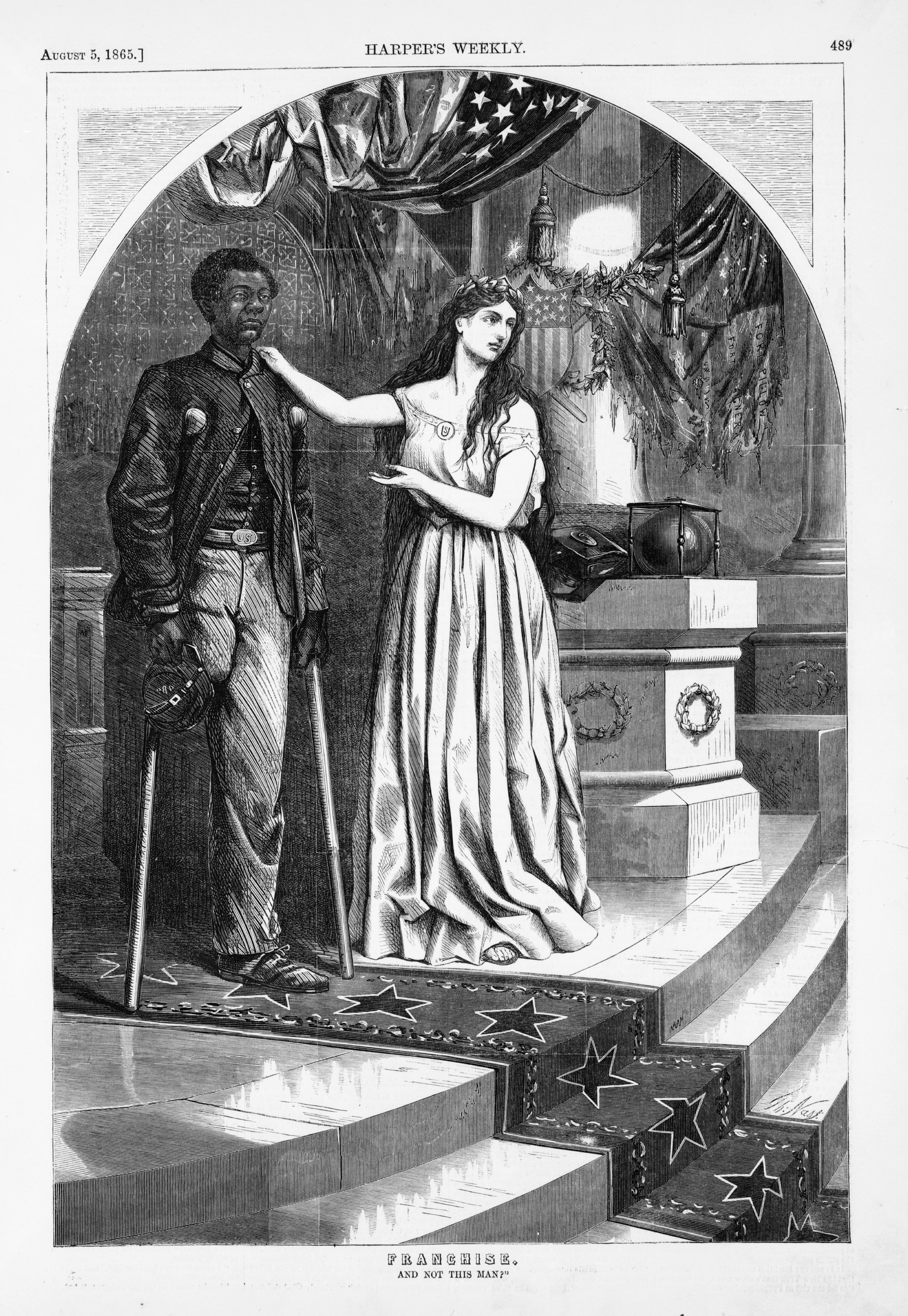
By the 1890s and early 1900s, Columbia was more popular than ever with women even dressing up as the American goddess for patriotic events. Dressing up as Columbia was so popular that there were even whole articles written on how a Columbia should dress and behave. An example of one of these stories can be found in a 1900 July issue of The San Francisco Call.
Before dawning a pink hat became the fashion item of choice for a women’s rights march; dressing up as Columbia was the thing to do for a suffragette march. The most well known of these suffragette marches took place on March 3rd 1913, the day before the inauguration of President Woodrow Wilson.
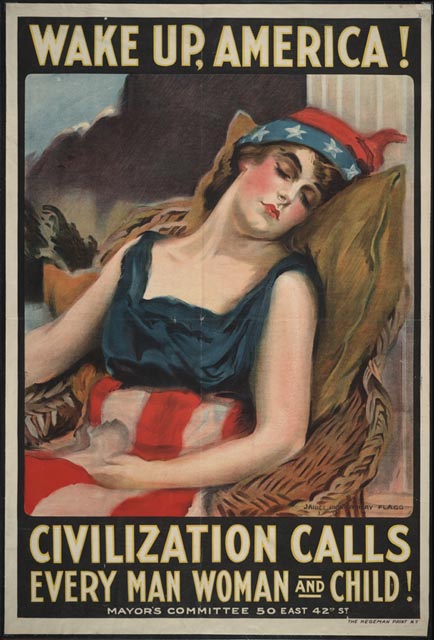
During World War I, Columbia was used to encourage America’s involvement with the war that was happening overseas. Posters of Columbia were made to inspire the purchase of war bonds, enlistment, and the conservation of resources.
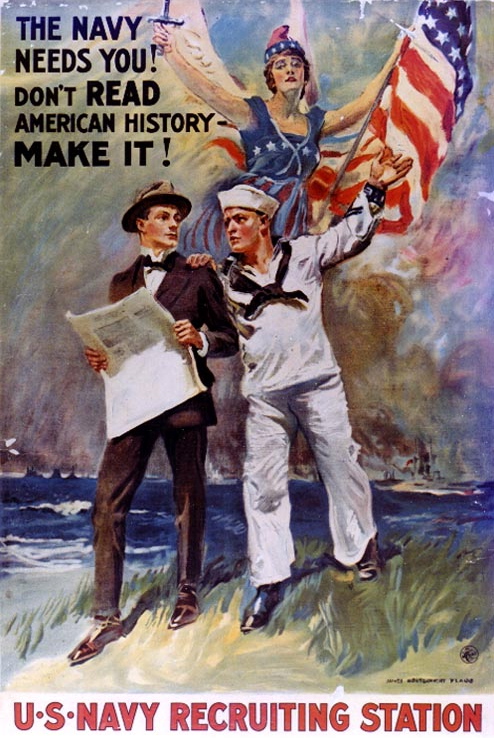
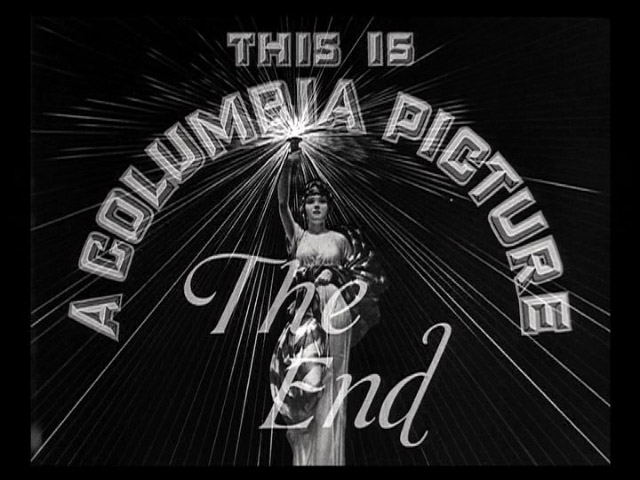
Traces of Columbia still exist in everyday pop culture. Many companies used Columbia in their name and utilized her in their logos, see Columbia Records and Columbia Pictures. The critically acclaimed dystopian video game, BioShock Infinite named the main location of the game after Columbia and images of her can be found all over.
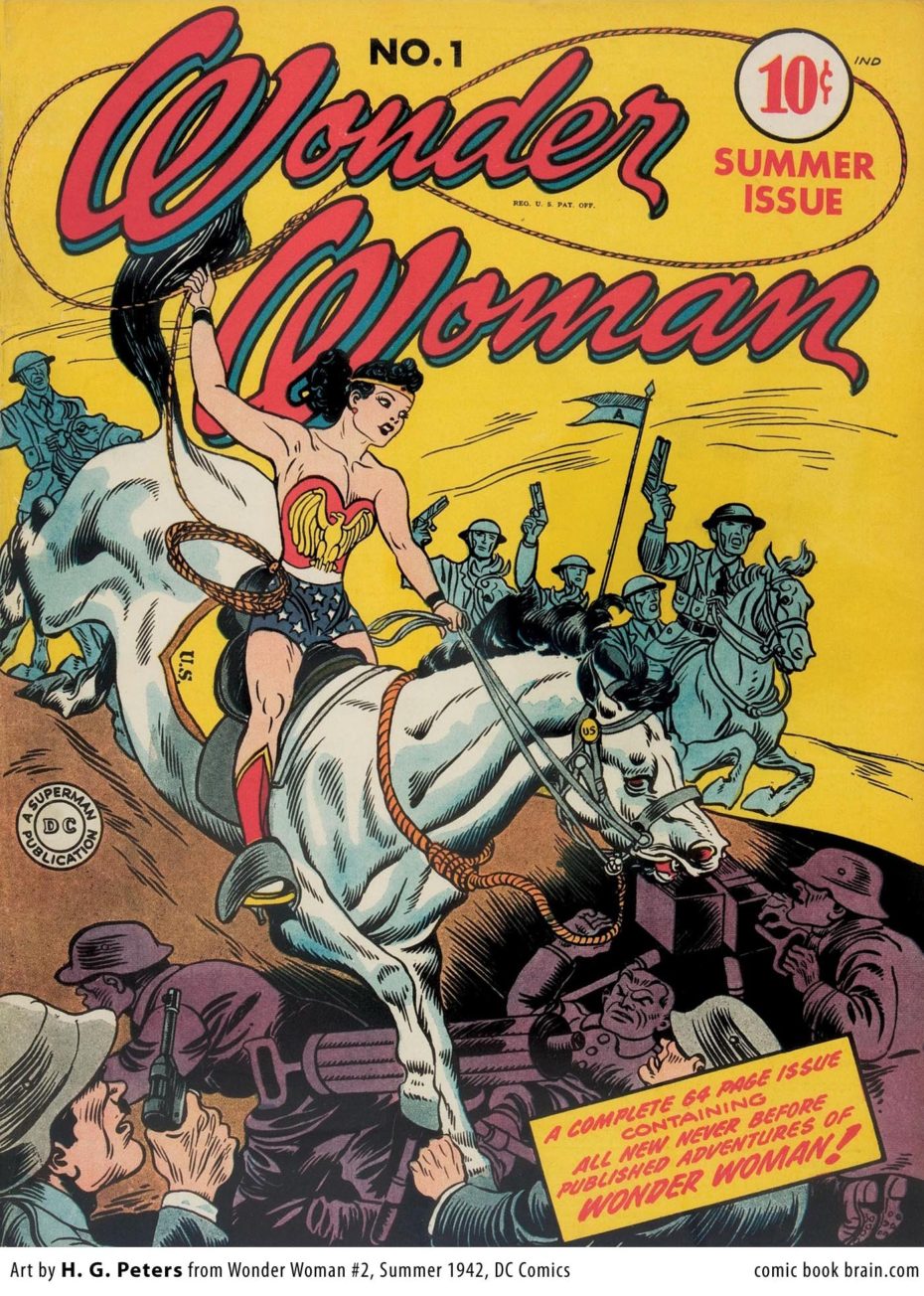
It must also be noted that perhaps Columbia never truly left, she just simply transformed into something else to better fit the times. The comic icon, Wonder Woman very much seems to take inspiration from the forgotten goddess. Just like Columbia, she fights for justice and strives to inspire mankind to live up to their best potential.
Learn more about the rise and fall of Columbia in this presentation by Tom Bivins.
By Shanna Farley


